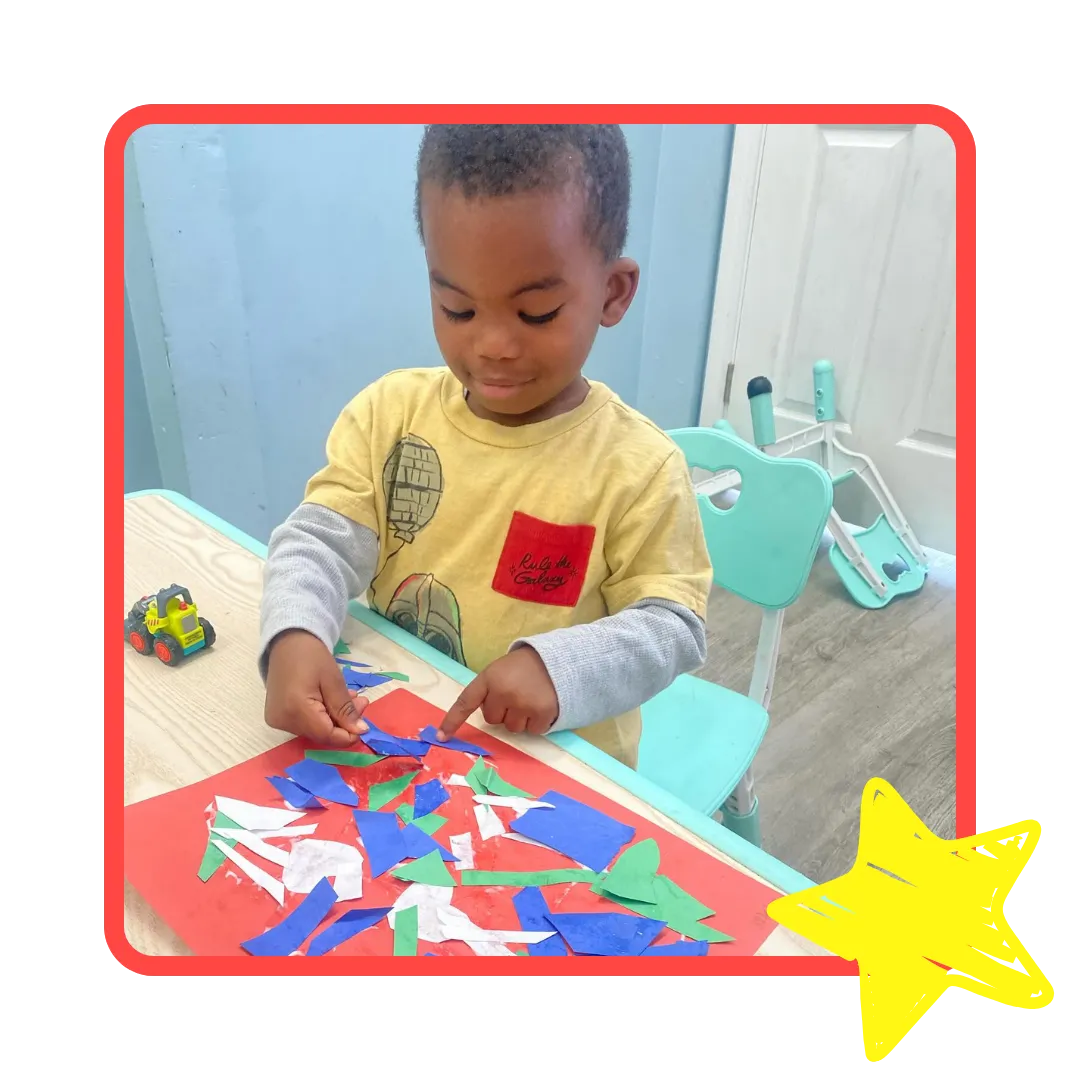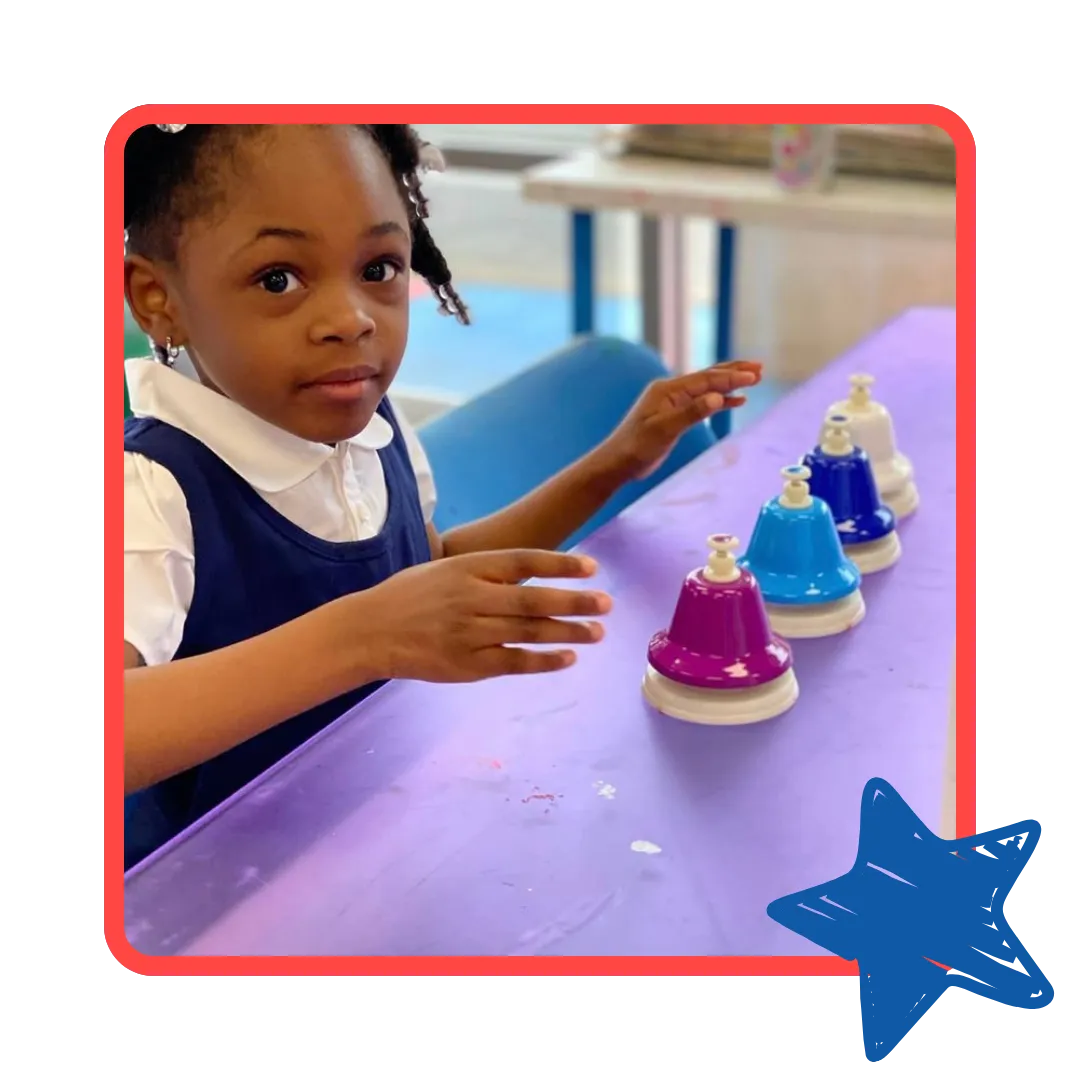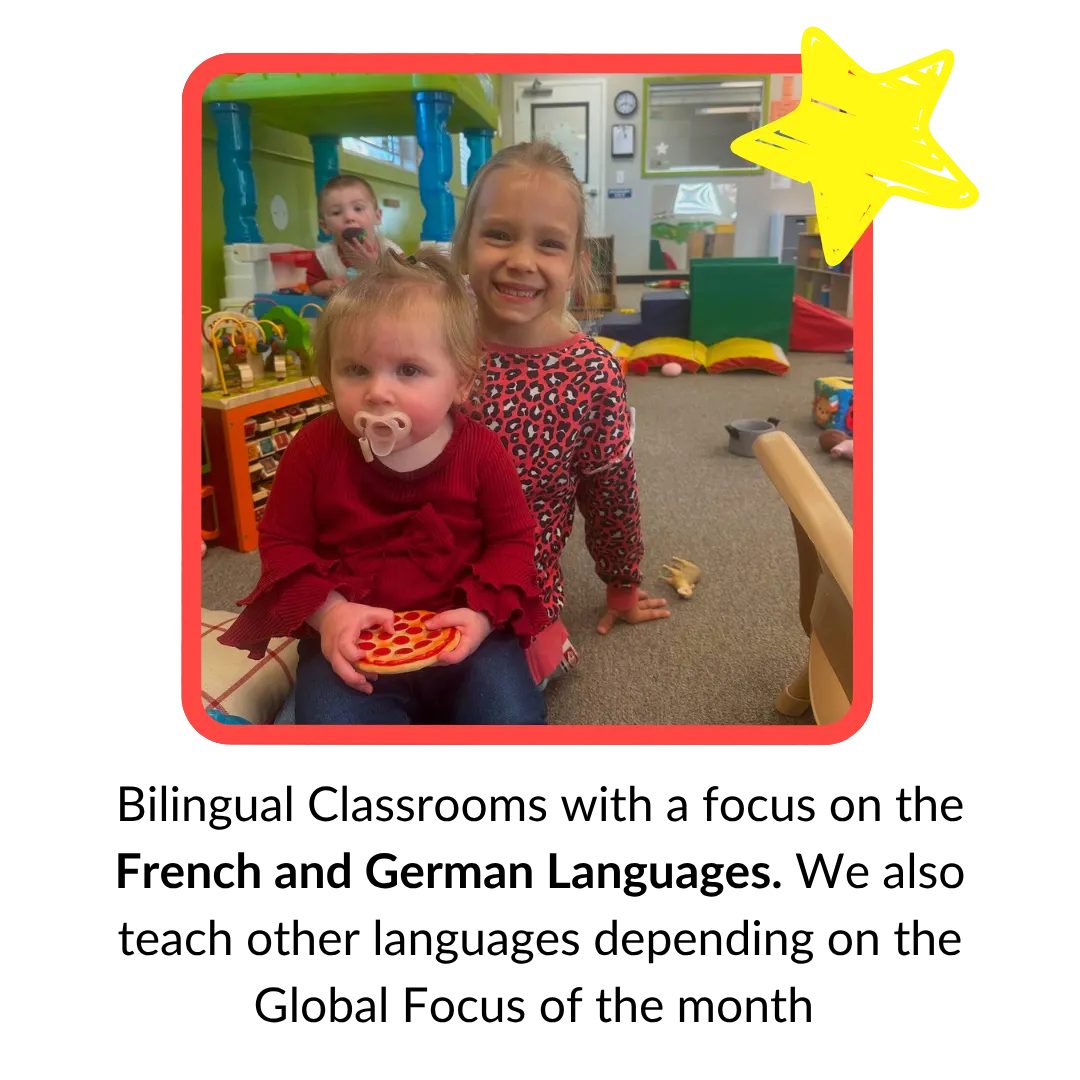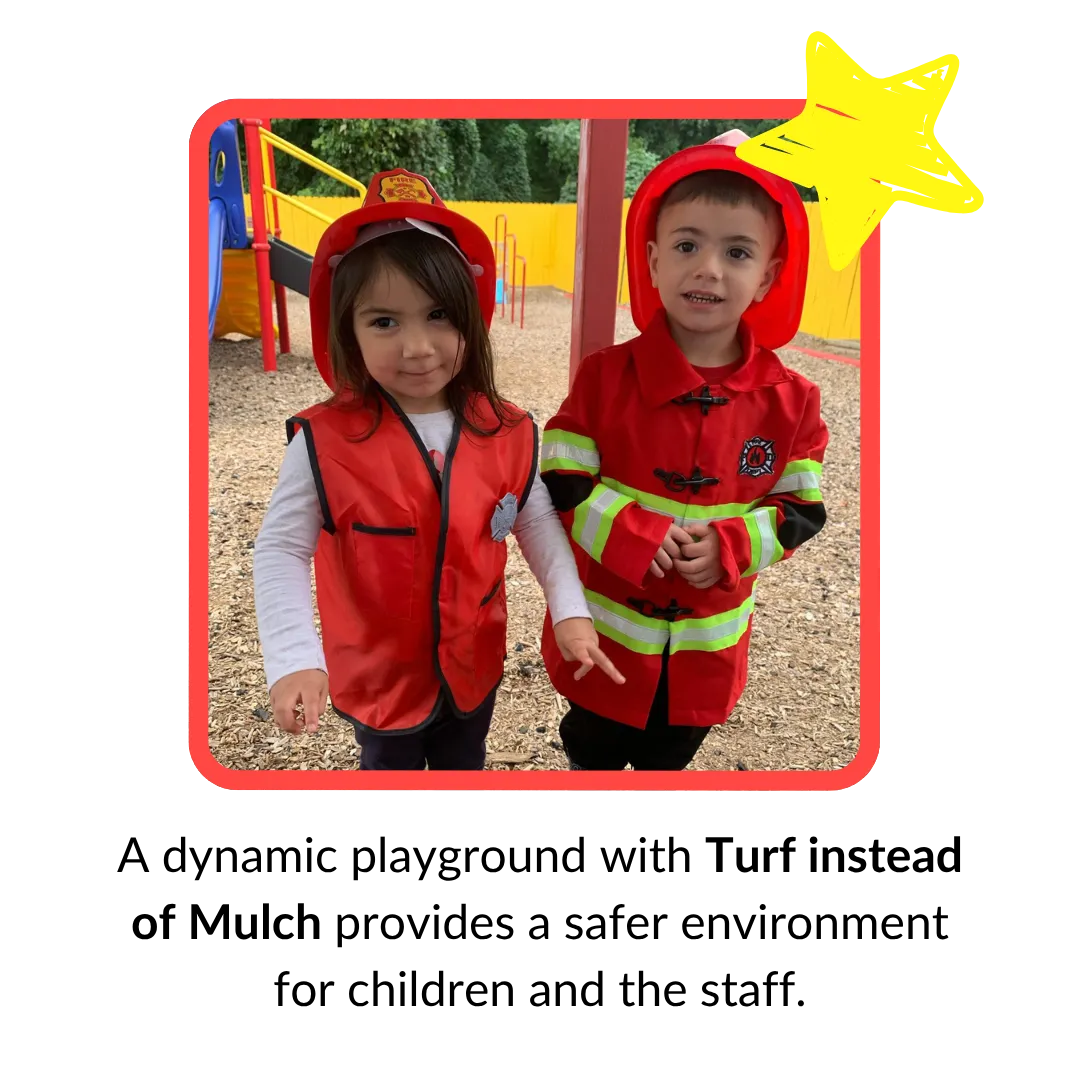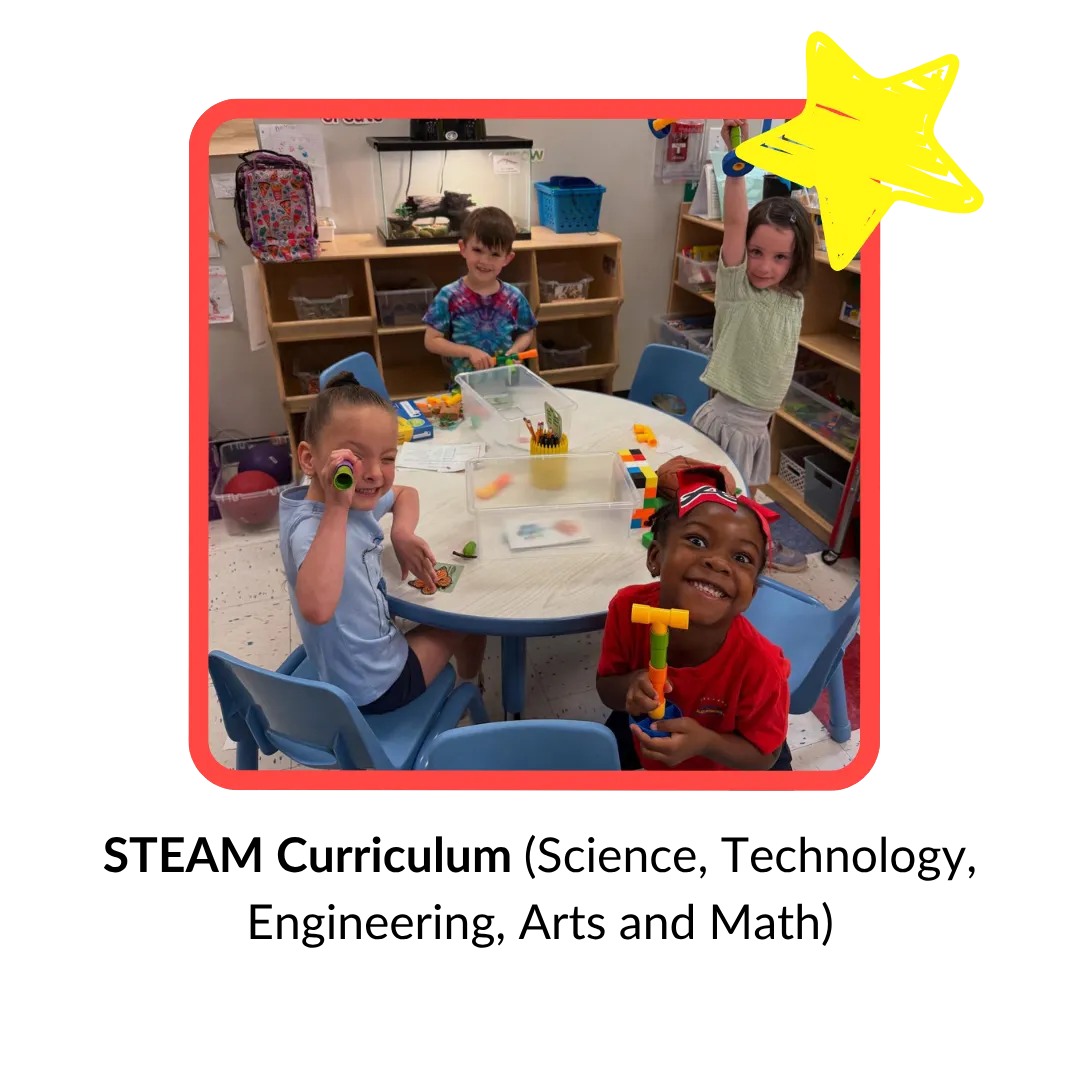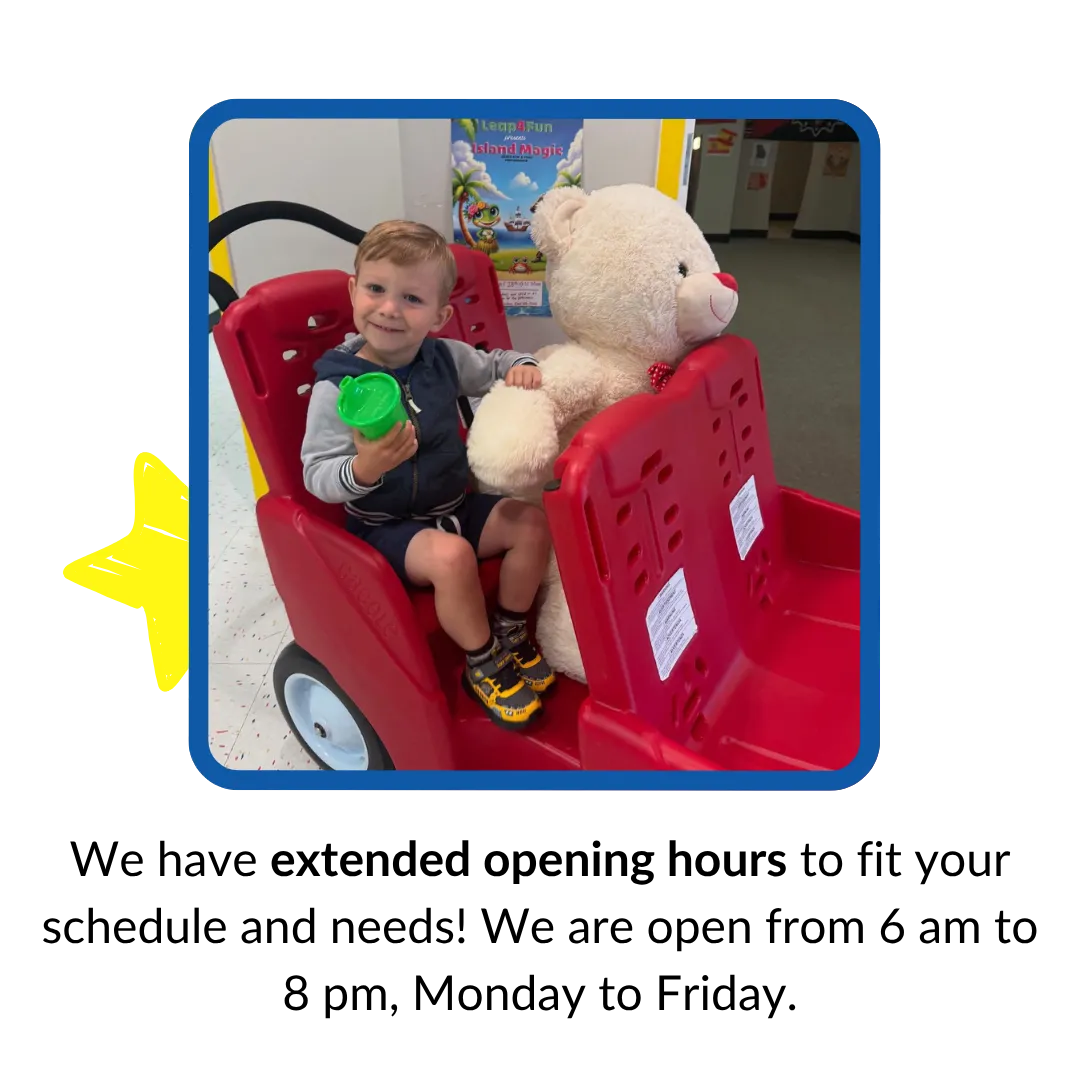Best Daycare, Preschool, And Childcare Services In Acworth, Lawrenceville, and Kennesaw!
Star Light Learning Academy is dedicated to providing high-quality care and early education to children in Acworth, Lawrenceville, and Kennesaw, ensuring they have the best possible start in life. Our dynamic and culturally rich curriculum supports children's development, with a strong emphasis on Spanish and German language learning.
High-quality child care for children aged 6 weeks to 13 years old, Monday to Friday, 6am to 8pm.

We have extended opening hours to fit your schedule and needs! We are open from 6am to 8pm, Monday to Friday.
5471 Bells Ferry Road, Acworth, GA 30102
420 Hurricane Shoals Rd NW, Lawrenceville, GA 30046
290 B Bramford Way, Kennesaw, GA 30144
Our Star Light Locations:
We have extended opening hours to fit your schedule and needs! We are open from 6 am to 8 pm, Monday to Friday.
5471 Bells Ferry Road, Acworth, GA 30102
1980 Buford hwy, Buford GA 30518
290 B Bramford Way, Kennesaw, GA 30144
Why Choose Star Light Learning Academy for Childcare in Georgia?
Our childcare is centered around our incredible children. We believe that every child should have access to high-quality early care and education that will help shape them into well-rounded individuals.
And so, it is our mission to provide the highest-quality child care and education for your child. We provide a safe and secure place that encourages children to learn and explore the world around them!
Our child-centered curriculum connects children with the world, bringing cultures together and fostering compassion! We nurture a sense of community with our children and teach them about kindness and empathy, preparing them for academic and personal success.


Get Our FREE Parent Pack
We’d love to send you a FREE parent pack, full of helpful information about Star Light Learning Academy…
About Our Star Light Locations

Acworth
Situated on Bells Ferry Road, our childcare center is easily accessible via major roads, making it convenient for parents to drop off and pick up during their daily commute.
We are continuously striving to offer the best possible childcare and early education services in Acworth, Georgia and Kennesaw. Our team is dedicated to providing each child with the confidence and life skills they need to excel.
We also have a fun and engaging environment, featuring:
★ A dynamic playground with safer turf instead of mulch.
★ STEAM Curriculum (Science, Technology, Engineering, Arts, and Math)
★ Animals in the classroom including fish, rabbits, geckos, and guinea pigs.
★ Bilingual classrooms with a focus on Spanish and German plus additional languages depending on our Global Focus of the month.

Lawrenceville
Located in the heart of Lawrenceville, our center offers exceptional child care and early education services for families in the area. With a caring team and a safe, fun environment, we help children shine every day.
At our Lawrenceville facility, we are committed to providing top-notch child care and early education services for children aged 6 weeks to 13 years. Our experienced and caring staff are dedicated to creating a safe, nurturing, and fun environment where every child can learn and grow.
We continually strive to improve our programs and ensure that we follow the latest best practices in child care and education.

Kennesaw
Located at 290B Bramford Way, Kennesaw, GA 30144, our Star Light Learning Academy Kennesaw location offers a convenient and welcoming environment for families in the area. Easily accessible via major roads, this center is perfect for parents juggling busy schedules.
At our Kennesaw facility, we are committed to providing top-notch child care and early education services for children aged 6 weeks to 13 years. Our experienced and caring staff are dedicated to creating a safe, nurturing, and fun environment where every child can learn and grow.
We continually strive to improve our programs and ensure that we follow the latest best practices in child care and education.
Our Bilingual Curriculum & Language Program
At Star Light Learning Academy, we are excited to bring a bilingual learning environment to all age groups, from infants to older children. Our curriculum emphasizes Spanish and German languages and culture, designed to help children build language skills from a young age. This program is structured to be measurable for teachers, with clear goals and progress tracking for each age group.
Infants & Toddlers: Introduce basic vocabulary through songs, rhymes, and games in Spanish and German.
Preschoolers & Pre-K: Engage in interactive lessons and simple dialogues in both languages to build conversational skills.
Older Children: Delve deeper into vocabulary, simple sentences, and cultural exploration of Spanish- and German-speaking countries.

We have so much fun at Star Light Learning Academy
Here's a small sample of some of the great things your child can enjoy when they join our setting…




Get Our FREE Guide
We know how hard it can be to choose the perfect place for your little ones to learn and grow. So we have made it simple for you to find out exactly what to look for when choosing the perfect childcare center. Get your copy now…

Some of the aspects that make our facility unique include

A dynamic playground with Turf instead of Mulch provides a safer environment for children and the staff.

We follow the International School Curriculum, learning about a different country each month and even offer field trips to those countries!

Animals in the classroom such as fish, rabbits, geckos and guinea pigs.

We have extended opening hours to fit your schedule and needs! We are open from 6 am to 8 pm, Monday to Friday.

STEAM Curriculum (Science, Technology, Engineering, Arts and Math)

Over 100 years experience.

Bilingual Classrooms with a focus on the French and German Languages. We also teach other languages depending on the Global Focus of the month
Here’s What Our Happy Parents Have To Say
We LOVE our parents and carers and we're so proud to share some of their thoughts with you…
What We Believe!
Star Light Learning Academy’s mission is to give all young children a nurturing and safe atmosphere where they can develop into confident, respectful and lifelong learners. We ensure every child receives the best child care and educational services possible. Our child care aspires to change lives through academic, emotional and core value education. After all, children are our future!
At Star Light Learning Academy, we have a team of childcare experts and educators at the forefront of the latest industry innovations in childhood development and learning. Our unique, child-centred curriculum focuses on creativity, independence, empathy, compassion, kindness, and respect for others and the environment.

Our Core Values
Our Core Values are the at the heart of everything we do and our team embody these values in their everyday interactions with the children.
Safety
Efficiency
Integrity
Education
Fun

Download Our FREE
Expecting Parent PDF
We understand the excitement and questions that come with this incredible journey, and to make your transition into parenthood as smooth as possible, we've created a free Expecting Parent PDF. To access this invaluable resource, simply click the link below and download your free Expecting Parent PDF

Here's What Our Team Have To Say
We LOVE our team and we're so proud to share some of their thoughts with you ....
Our Commitment To Safety
Here at daycare we take the safety of everyone seriously. We have put protective measures in place throughout our daycare
Now, more than ever, maintaining a safe, clean, secure facility is vital. We have been committed to this cause from day one, and we are fully transparent so that parents can check in at any time.

Cleanliness Protocols
We use [describe cleaner and method] to maintain an environment that stops the spread of germs. We also teach good hygiene, including diligent handwashing.

Security
We strictly limit access to our facility to authorized personnel and parents and family members who have express permission to be here. Your child’s safety is our top priority.

Transparency
We understand that you’re probably wondering what your child is up to when they’re not with you. That’s why we allow parents to check in by viewing our online streaming service.

Staff Recruitment
Orci dapibus ultrices in iaculis nunc sed. Blandit volutpat maecenas volutpat blandit aliquam etiam. Laoreet sit amet cursus sit. Magna sit amet purus gravida quis blandit turpis cursus. Consectetur libero id faucibus nisl tincidunt eget nullam non nisi. Auctor augue mauris augue neque gravida in fermentum.
Schedule a Tour at Star Light Learning Academy
The best way to discover what makes Star Light Learning Academy special is to see it firsthand. We provide engaging and interactive tours at our locations daily. We look forward to meeting you soon and getting to know you and your child more!
Where learning is fun and we all shine together!

